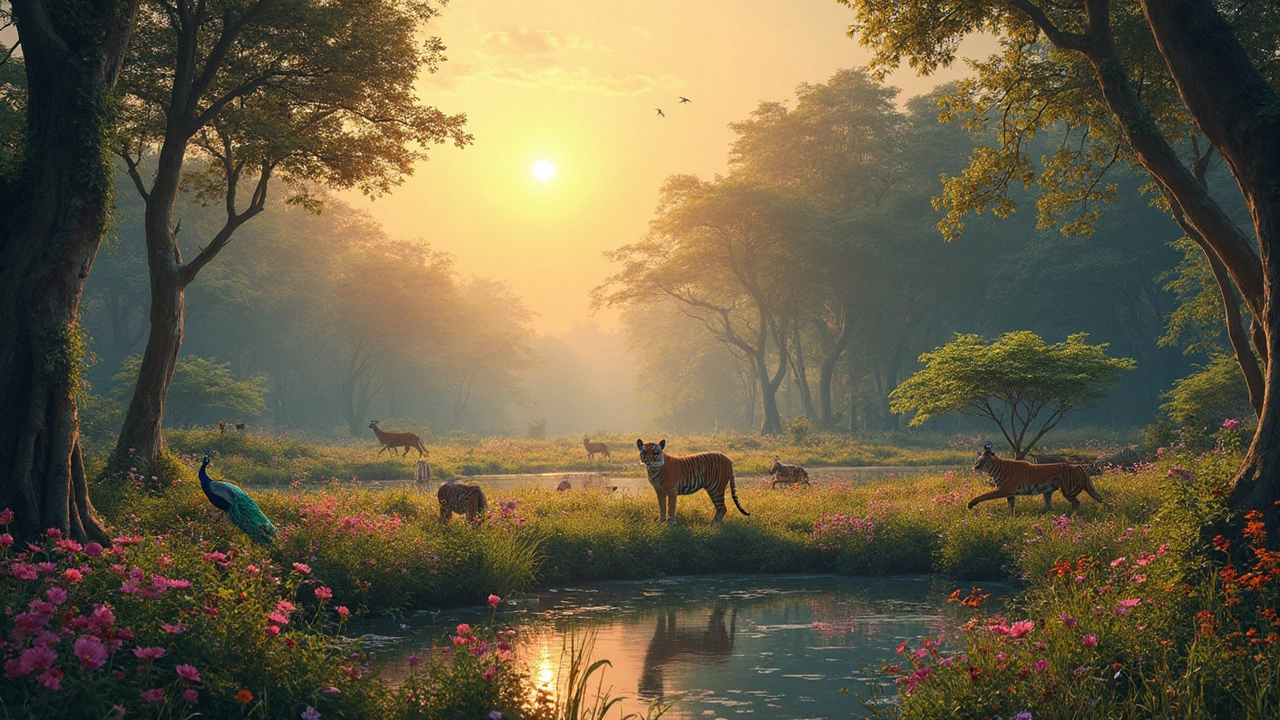Animal Safety in India: What Travelers Need to Know
When you travel in India, you’re not just sharing roads and temples with people—you’re sharing them with animals, living beings that move through daily life here in ways most tourists aren’t prepared for. Also known as street wildlife, these animals aren’t just background noise—they’re part of the rhythm of the country. Cows wander freely through traffic. Monkeys snatch snacks from your hands at temples. Dogs sleep on sidewalks. Elephants carry tourists in Rajasthan. And in rural areas, goats and buffaloes block your path without apology. Ignoring them won’t make them go away. Understanding them is how you stay safe, calm, and respectful.
Street animals, the most common sight for travelers in Indian cities and towns. Also known as urban wildlife, they’re not pets, but they’re not pests either—they’re simply part of the environment. Don’t feed them unless you’re ready to be surrounded. Don’t try to pet them. Don’t run. Sudden movements scare them, and scared animals react unpredictably. In Delhi, monkeys have learned to open bags and even car doors. In Varanasi, cows sit in the middle of busy intersections—drivers wait patiently, and so should you. In Kerala, stray dogs are common but rarely aggressive unless cornered. The key? Stay still, stay calm, and give them space. Most will move on their own.
Wildlife encounters, a very different kind of animal safety challenge, especially if you’re visiting national parks or hill stations. Also known as forest animals, these include leopards in Ranthambore, elephants in Bandipur, and bears in the Himalayas. These aren’t street animals—they’re wild, and they have territory. Never get out of your taxi or jeep to take a photo. Never try to lure them with food. Never follow them. Park guides know the rules. Listen to them. A single wrong move can turn a beautiful sighting into a dangerous situation. Even deer can charge if they feel threatened. Respect the space, and you’ll get the best view.
Then there’s the cultural side. In many parts of India, animals are sacred. Cows are protected by law and belief. Monkeys are linked to Hanuman. Elephants are honored in temple processions. Hurting or threatening them isn’t just dangerous—it’s deeply offensive. Locals will notice. You don’t need to bow to every cow, but you do need to treat them with quiet respect. A gentle side-step, a slow walk, a silent pause—that’s all it takes.
What about pets? Many Indian families keep dogs, cats, or even parrots. Don’t assume they’re friendly just because they look cute. Always ask before petting. Some are protective. Others are scared. Same goes for farm animals—don’t startle a buffalo pulling a cart. Don’t shout at a goat blocking a narrow lane. These aren’t zoo exhibits. They’re working animals, and they’re used to people, but not to tourists acting like they’re on a nature show.
And here’s something no one tells you: the real risk isn’t the animals—it’s your reaction. Panic leads to bad decisions. Running triggers chase instincts. Screaming makes animals more alert, not less. The best tool you have isn’t pepper spray or a stick—it’s your calm. Breathe. Wait. Move slowly. Most animal encounters last less than 30 seconds. You’ll be fine if you stay composed.
Below, you’ll find real stories and practical advice from travelers who’ve faced monkeys in temples, cows on highways, and elephants on dirt roads. No theory. No fluff. Just what works when you’re standing there, heart pounding, wondering what to do next.
Are Animals Safe or Threatened in a Wildlife Sanctuary?
Exploring whether wildlife sanctuaries actually offer a haven for animals or expose them to threats. This article discusses the balance between conservation efforts and the challenges faced in protecting wildlife. It uncovers the pros and cons of sanctuaries in maintaining biodiversity. Plus, discover why sanctuaries are crucial for certain endangered species. Delve into what sanctuaries can do to improve animal welfare.
Read more